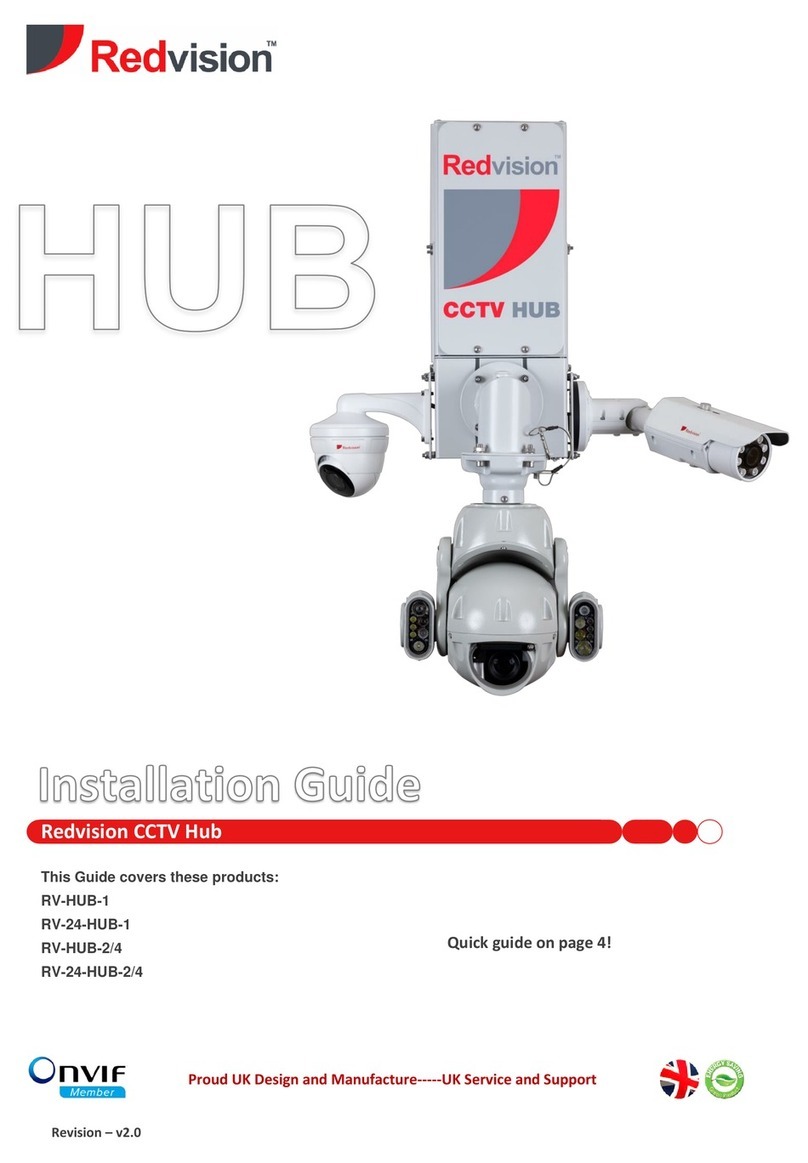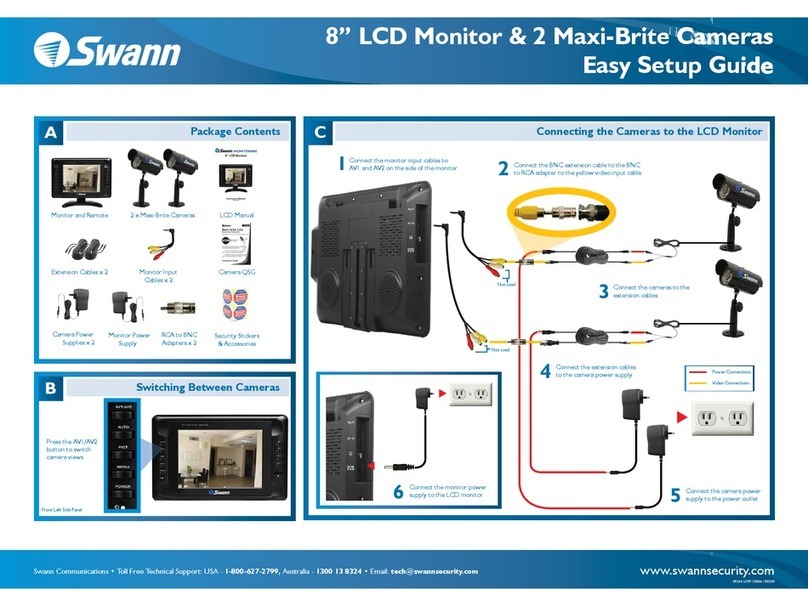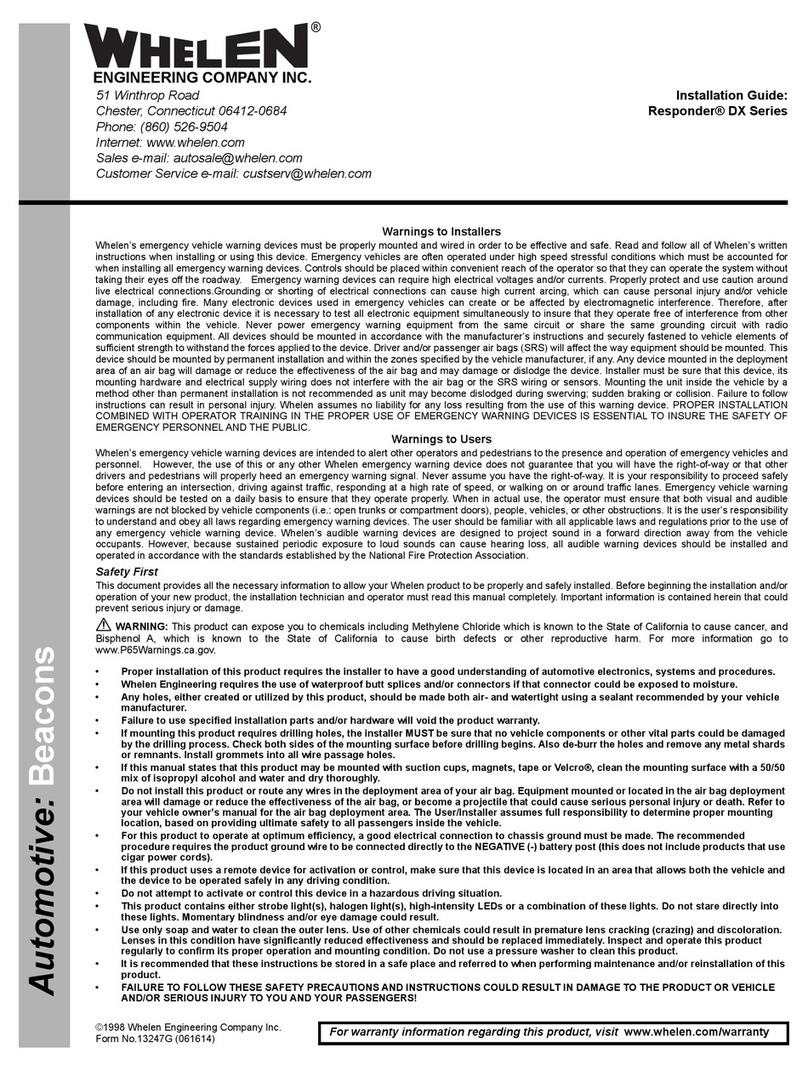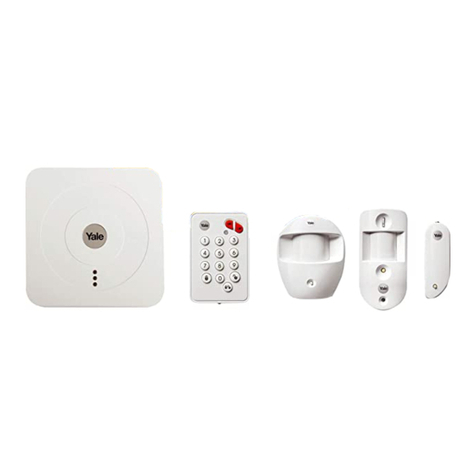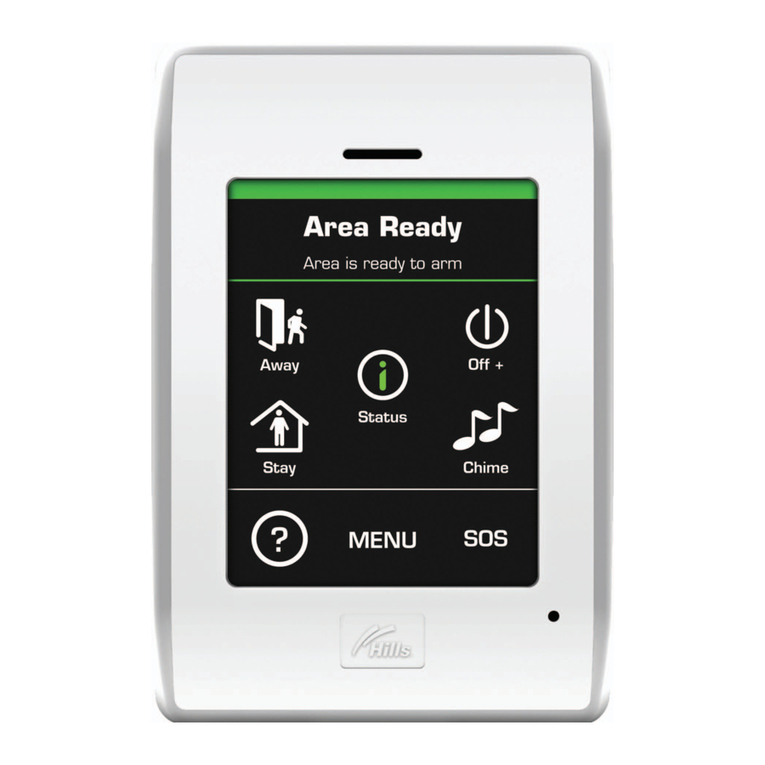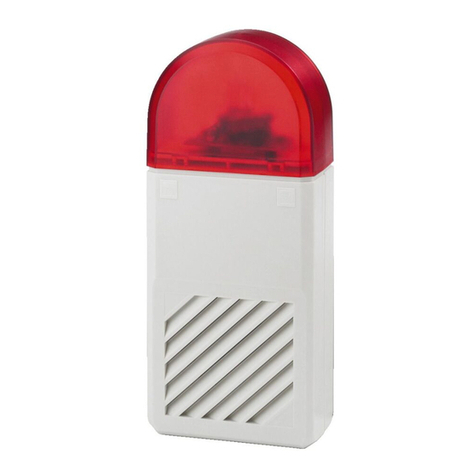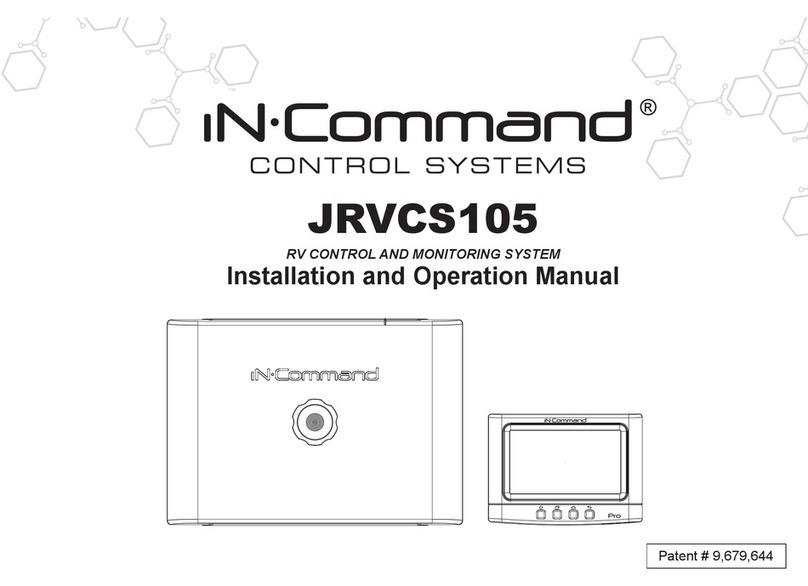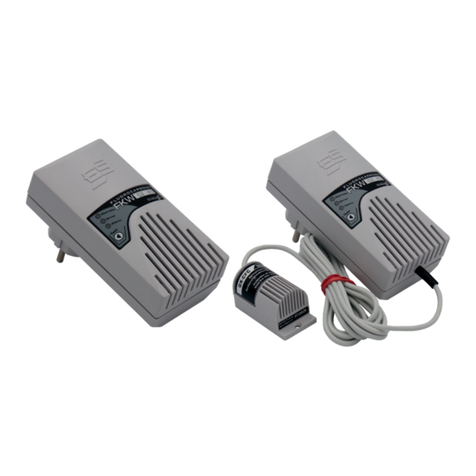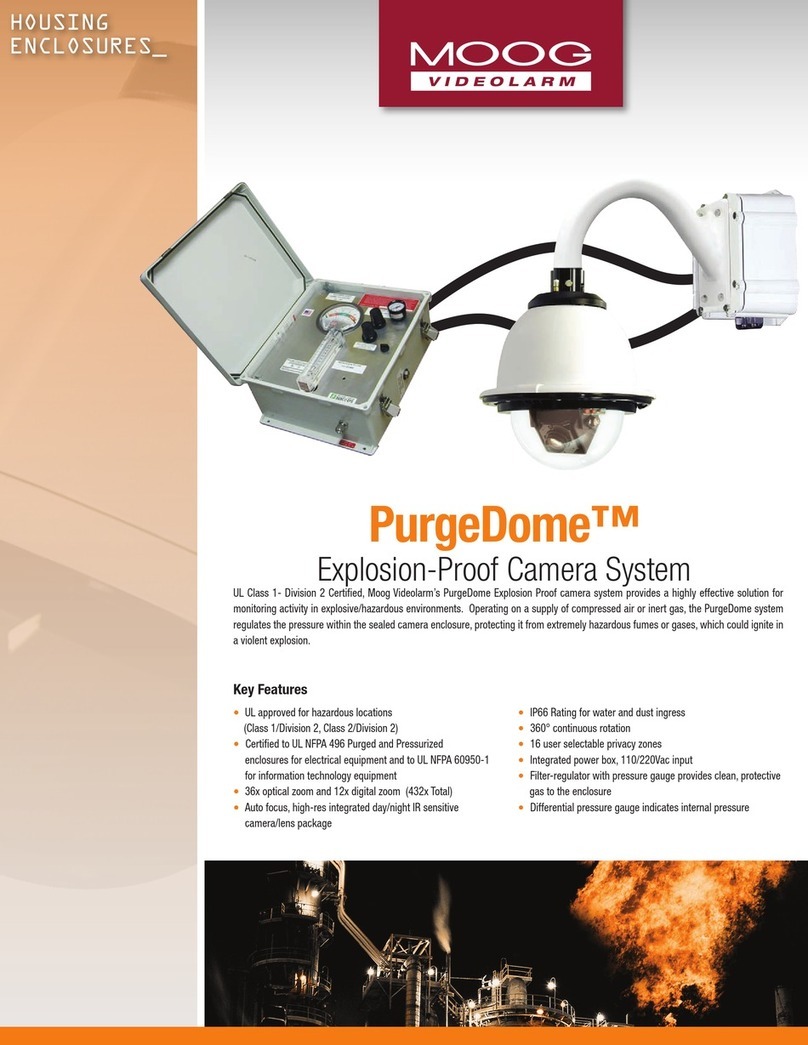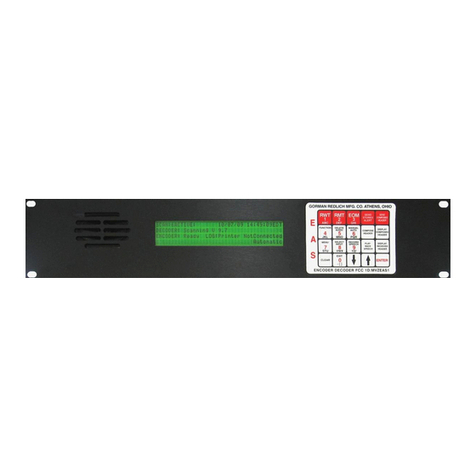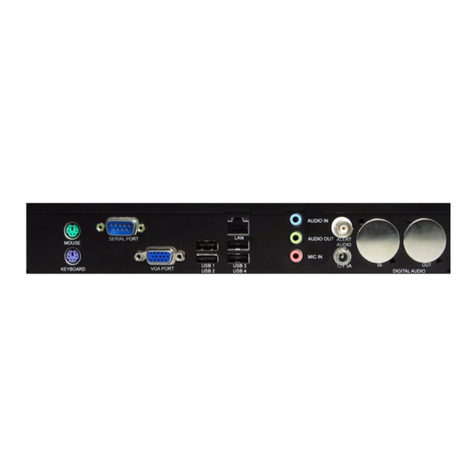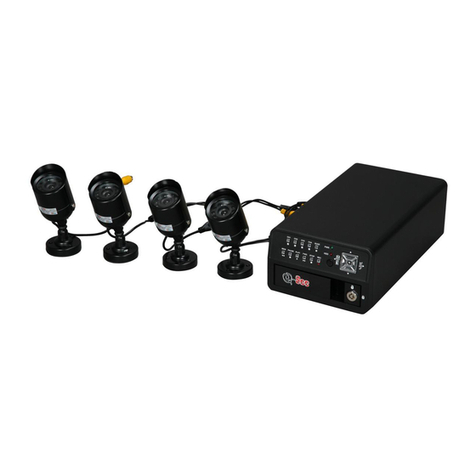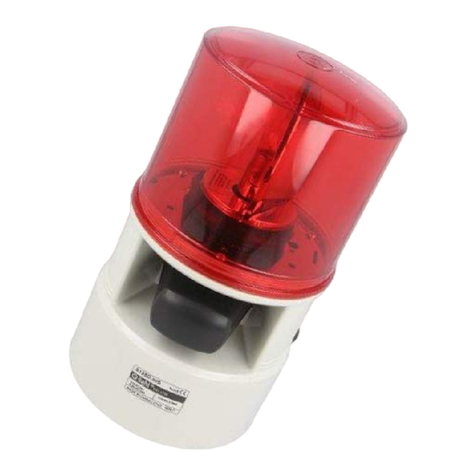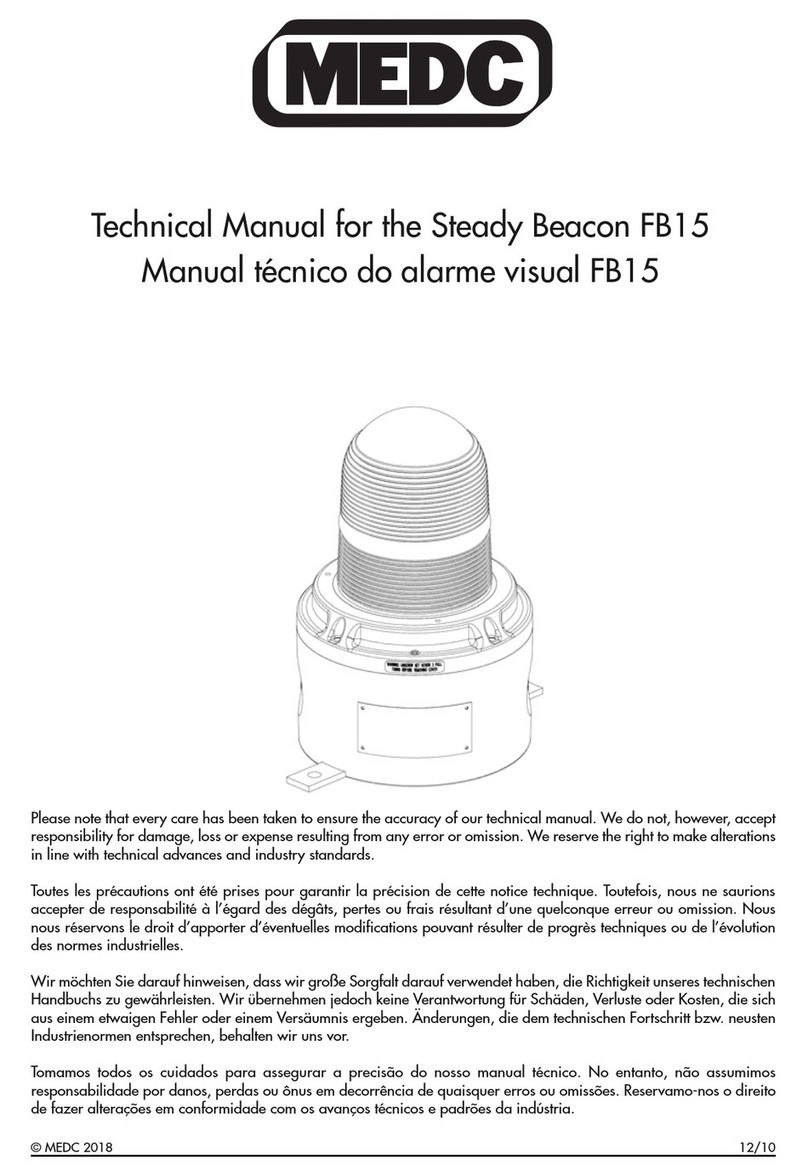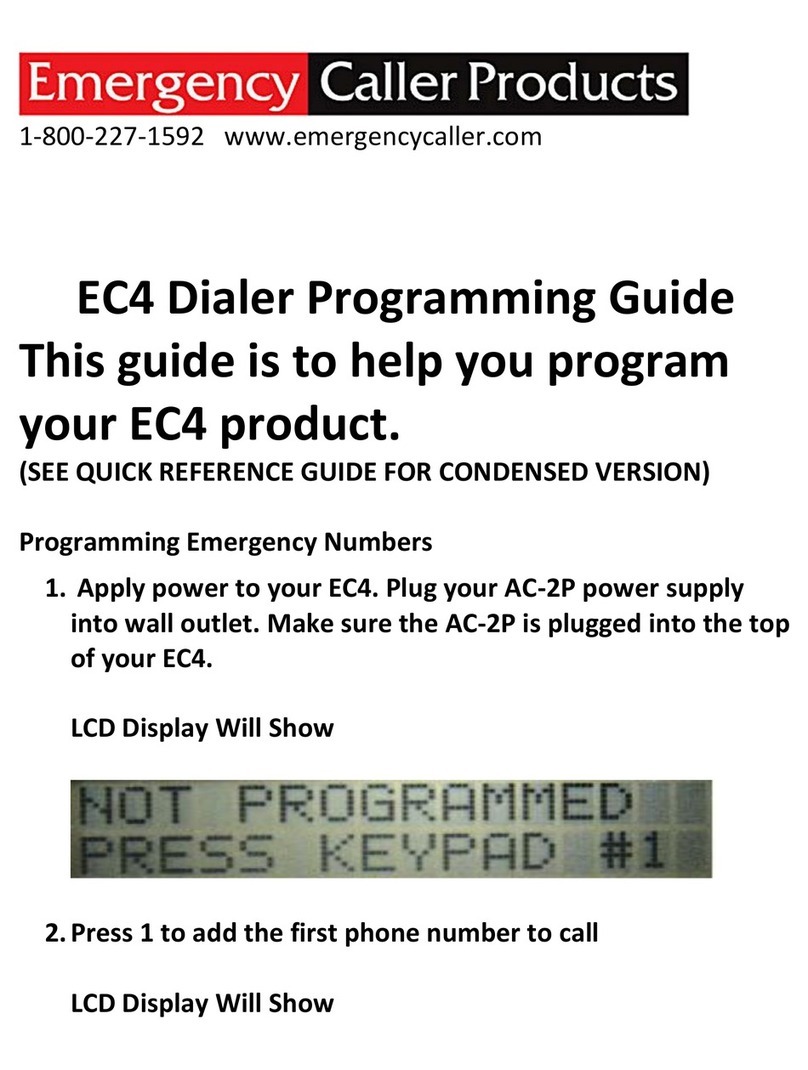
Section II: Setting up the EAS-1/EAS-1CG
1. When installing the unit in the rack, be sure to ground it well. We recommend
grounding it to the rack from one of the rear grounding screws, and then grounding the
rack.
2. We strongly recommend placing the EAS-1/CG on an uninterruptible power supply
(UPS). The printer and the receivers used to monitor the National Weather Service
and/or broadcast stations should also be plugged into this.
3. When installing the printer, be sure to use an IEEE shielded parallel printer cable. Also,
we strongly recommend finding a used dot-matrix printer with a normal-width capacity.
In our experience, these work better than laser or inkjet printers.
4. Input audio should always be connected to the lower-numbered input channels
(terminals 1-12). However, if there is an input from the National Weather Service, it
should be connected to input channel 3 (terminals 5-6). Studio microphones should be
routed to input 6 (terminals 11-12), and must go through an amplifier.
5. Once the audio inputs are connected, it's essential to set the input levels. Instructions
for doing this are to be found in Section VIII, item 3.
6. Once the program audio lines are looped through the unit, it's essential to set the
modulation, using the outgoing program line. The 853 and 960 tones should be set at
forty percent, while the 1560 and 2083 tones should be set at eighty percent.
Instructions for doing this are to be found in Section VIII, item 2.
7. A sign board in the "on-air" studio is a good idea if the EAS-II equipment is installed in
another room. Warning messages will be scrolled in ED, watches in YELLOW, and
required tests in G EEN. If you are using a sign board, Utility Menu option 11 should
say "TOGGLE SIGN OFF " and if you are not using a sign board, it should say
"TOGGLE SIGN ON." Pressing changes this from one to the other.
8. When the unit operates in any mode other than MANUAL, incoming header codes
targeted for one of the counties in the listening area trigger two sets of relay contacts.
These close for one second upon completion of the three bursts of FSK EOM
(terminals 19 & 20 and 21 & 22). This contact closure can be used to turn on a bell or
light, or signal remote control or automation equipment. Some locations operate in
manual twenty-four hours and do not interface with automation, but would like to have
a contact closure under the above circumstances to call attention to the incoming
message. If Utility Menu option 12 reads "TOGGLE ALERT OFF," the contacts will
close in manual, also.
9. If the station is an LP1 or and LP2, the required monthly test that you originate should
have a valid time period of one hour. All other stations that originate an MT should
use a valid time period of 15 minutes.
10.Be sure to go through the other sections of this manual, especially Section VIII: Using
the EAS-1/CG Utility Menu. We strongly recommend going through this section, step
by step, to better familiarize yourself with the system. If you need to change any
programming for your location, then be sure to read Section X: Station Setup.




















